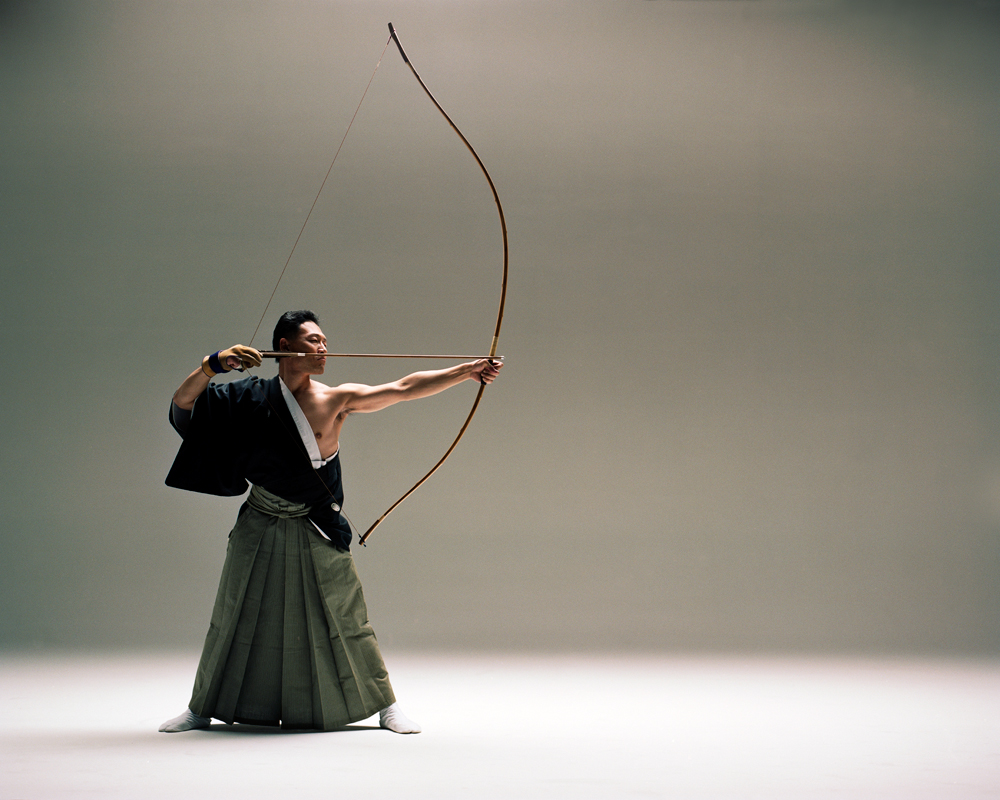A key fit to open unexpected doors: this is the most initmate and surprising essence of concentration. It is a silent,
highly effective power to tidy up rigorously the chaos of our daily life as well as a way to dischiudere the endless
possibilities lurking in the secret labyrinth of the human brain. Exacting responsibilities, study commitments, work
obligations, even smaller ordinary problems can act as a ceaseless background noise that will sidetrack you and
break up your thoughts into a thuosand chunks. Your personal energy gets then gobbled up voraciously and
dispersed; every goal becomes a heavy burden and possibly an unattainable one. The only weapon at your
disposal is concentration, keeping your target on your radar, with a silent mind putting up a wall to keep “things in
the world” outside. Keeping focussed isn’t out of our reach; it is just the outcome of accuarate, effective methods
and painstaking diligence.
Yoga, meditation and the importance of respiration
How many times have you been under the impression of being like imprudent swimmers who ended up in a
stormy sea? Floating among the waves, unaware, overwhelmed by anxiety—sometimes, even malaise. Proper
respiration is the most effective remedy. This powerful weapons from the East is a simple yet vital way to fight the
stresses and strains of life. Respiration is regarded as the silence of our mind, an ideal instrument to silence one’s
thoughts and their endless distracting prattle. Meditation, together with getting used to calm, controlled breathing,
is one of the easiest ways to recover one’s concentration. Ten minutes a day will suffice, sitting quietly and
sheltered from the outside world, to sort your thought out. Mindfulness meditation, which is the most popular kind
of meditation in Italy, teaches how to seize the moment—capturing its essence, embracing it, only to restore it
back to the world improved by our concentration and awareness. Devoting the proper attention to the breathing
process is one of the goals of yoga, a discipline which is far from being limited to restoring health; first and
foremost, it teaches how to attain one of the basic elements of concentration, namely, keeping focussed.
Practicing yoga helps you liberate your mind, calm an agitated brain and focus first and foremost on body posture
and respiration; ultimately, however, it also helps make our mental organization more effective.
Archery and kyudo
connection with one’s body. Archery bridges the gap between the; it is the means through which your body
becomes self-aware and learn the subtle art of efficiency. Kyudo—literally, “the archery way”—is an ancient
Japanese martial art. A man, a bow, archery gloves, an arrow: this is the essence of a discipline teaching adepts
to regard their target as already hit even before they shoot the arrow. The left hand draws the bow, the arrow is
placed against the cheekbone and released through a well-balanced sapiente harmony of limbs driven by an
attentive, focussed, self-aware mind.

Photo by Frank Bauer Photography
Concentration and the Pomodoro technique
kitchen timer. It is actually one of the most effective ways to train people to increase their awareness and
concentration on the job. Devised in the 80s by Francesco Cirillo, it is easy to comply with and comes quite handy.
All you need is a timer; set the alarm to twenty minutes and devote that interval to a task, working non-stop,
without taking any break. After you hear the ring you may take some time off, then the cycle restarts. This method
can lead to a number of positive results: oversights are prevented, anxiety is better managed, efficiency improves
and, above all, people are taught the art of keeping effectively focussed.




